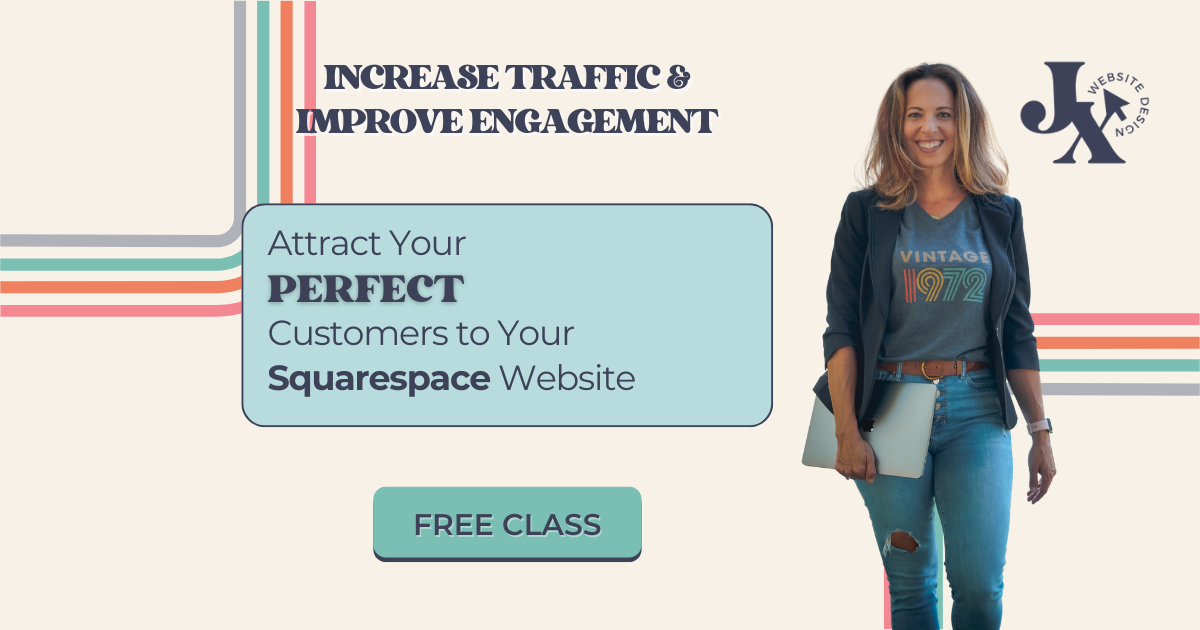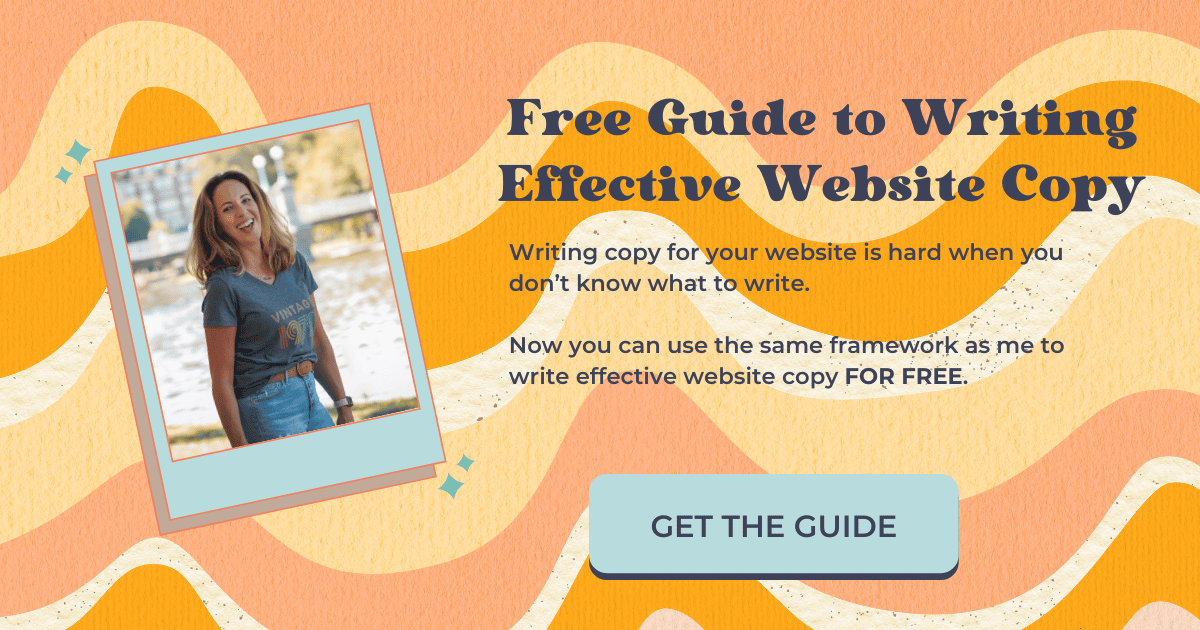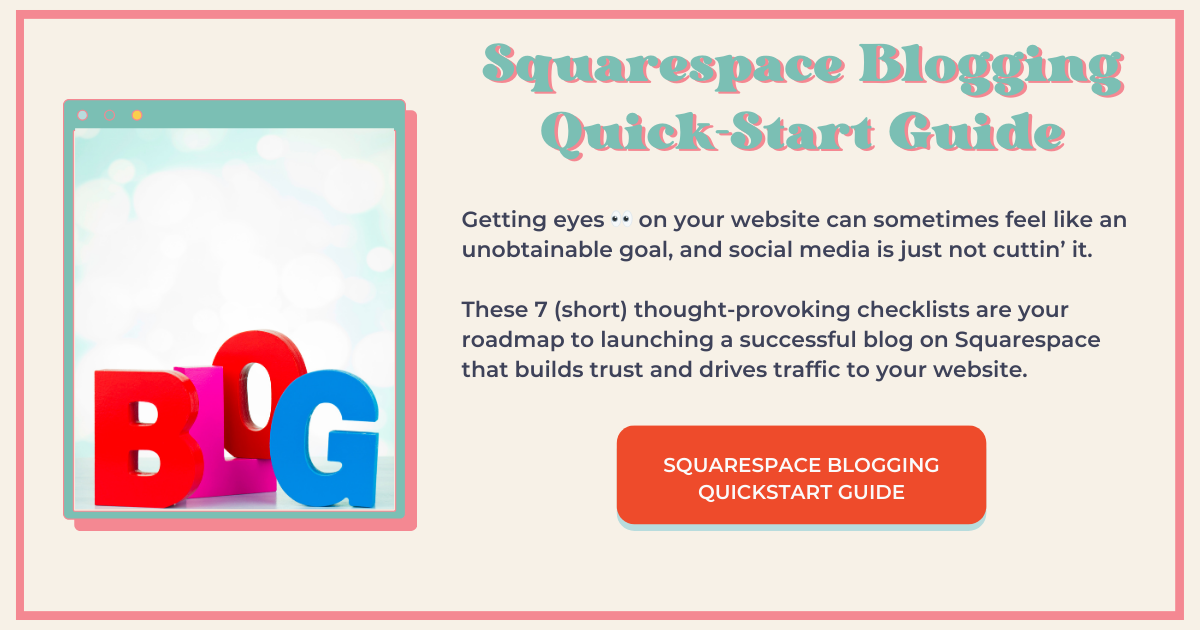The 6 Types of Images That Improve Blog Post Engagement
The objective of your website, and especially your blog, is to captivate your visitors with engaging content that makes them want to hang out for a bit.
This means giving them a reason to stay on your website longer.
So where do your blog post images come into play here?
They too need to offer value and/or contribute to the overall message of your blog post.
In this blog post I reveal the Jen-X approach to choosing blog post images (which often differs from ‘conventional wisdom’) and examples that will help you utilize images to improve your blog posts and engage website visitors.
What Kinds of Images Should You Have in Your Blog Posts?
First of all, don’t think of images for your blog posts as “fillers,” they are part of the content and should enhance your blog posts. They need to be applicable to the context of the blog post and/or provide value to your readers.
Remember, all your readers care about is What’s in It for Them, so family photos are a hard NO.
The images you choose need to illustrate the point you are trying to make in your blog post while offering value at the same time.
The Featured Image
The “featured image” is the one that appears on the blog page accompanying the title and excerpt (if you have one) for your blog post.
This image could also be used in the context of your blog post, I typically put it at the top for my clients, and it may not offer value, but it should illustrate the point of the blog post because people will associate it with the blog post and it may help them remember the post, ie, YOU.
For example, I see Wellness Coaches do this a lot. They may write a post about meditation or well-being and they use images of nature. They’re lovely images, but they don’t illustrate the point. Does that make sense?
You could also use a graphic for your featured image, something that is on-brand. Canva is awesome for this!
Select “Create Design” and choose an Instagram template. Start out with one of their suggested designs and make it your own.
BONUS: You can repurpose these graphics in social media!
Get yourself some templates for your blog post graphics and this task gets a whole lot easier.
You can purchase templates for this purpose from Creative Market (I love that website) or create your own starting with a Canva template.
The downside to this is that templates are redundant and may not illustrate a point, unless there is a designated section of your template where you can include an image or graphic, which is what I recommend.
In other words, have a section on your template where you can include an image or graphic that illustrates the point of the blog post so that your reader will have a visual association with your blog post.
Sort of like my Pinterest image that appears at the bottom of my sidebar in every one of my blog posts. ⟶
“How-To” Images
These images walk your visitors step-by-step through a process. Essentially these are “tutorials.”
These images are always created by you and they need to be SUPER clear, with arrows pointing, elements circled, and be associated with “steps” in the process you are describing.
All of this said, don’t go too crazy here. You may even be able to consolidate and use one image for two or more steps.
These can sometimes take a while to create, and if I’m being honest, I stopped doing this almost completely myself because I have YouTube tutorials showing people exactly how to do stuff and it was feeling like I was recreating the wheel.
Not to mention, I really want people to go to my YouTube channel, so I direct them there when things get complicated and I just number the steps in the blog post.
If you also have a YouTube channel, use your judgment here. If your instructions are complicated, that means your images will be complicated too, and if there’s one thing I’ve learned, “complicated” causes website visitors to bounce.
Keep the number of “steps” to a minimum, consolidating steps when you can, and keep these images to a minimum too, without confusing your visitors.
Infographics
"A good infographic is worth a thousand words."
According to Oxford Languages, An infographic is a visual image such as a chart or diagram used to represent information or data.
If you are good at creating these, DO IT! I love infographics and I wish I was better at whipping these things up.
Most of us are visual learners, so having an infographic that visually depicts a message has huge value.
I have one infographic in my entire blog that I created in Canva and I have to say, I’m quite proud of it. You can find it in this blog post (scroll down this page to find it).
I went a step further with this infographic and enabled my website visitors to download it and I encourage them to print it and hang it in their work area as a reminder.
I put my brand logo and website on it, so if anyone actually does print this thing out and hang it where they spend hours of their time every day, it will serve as a constant reminder of my business and my brand.
So…um…go ahead and print it out! :-)
Examples
Sometimes you have to show people examples of what you’re talking about.
For example, before and after photos. Or maybe you’re trying to show someone how to locate the pressure guage on their well pump (that was totally random).
Maybe you have a fashion blog, or you’re a dressmaker, or you want to show someone what a tick bite looks like (I know…totally random. This is how my brian works).
When including visuals is essential, well, include them! It’s kind of a no-brainer. But again, don’t go crazy. Most of the time, you only need one.
If you’re showing examples of your work, keep it to a minimum. Too much scrolling annoys visitors and having a lot of images, especially if they’re high-quality images, will cause loading time to slow way down and negatively affect SEO.
Lead Generator Graphics
You heard me correctly, these are also “images” and they not only help break up the text on your page, but they offer a TON of value to your readers.
Pluse they have the added benefit of growing your email list, which, as we all know, is very, very important.
In fact, in most of my blog posts, the only images I include are the image attached to my YouTube video and these lead-generator images.
Emotional Images
In other words, an image that evokes a feeling you want associated with the blog post/your business.
These can actually be quite powerful. Whatever the message is you’re trying to get across, you can often accomplish this with an image that communicates a specific feeling.
I put GIFs in this category, because they’re funny and people like to laugh. But you can also put negative-feeling images in a blog post.
This is very applicable to many types of businesses. People like to know that you “get” them, that you understand their pain. You can communicate this by using an image of someone “feeling” a certain way.
Don’t go too crazy here (I say that a lot). If you get too negative, it’s a turn-off. One image will do the trick just fine.
It’s important to note this: There are lots of businesses that do exactly what you do, but people make buying decisions based on how they feel. Showing people that you understand how they feel builds trust and helps them to remember you.
Was this helpful?
Do you feel like you have a better grasp on this after reading this post? Did you notice that this blog post is completely different from all the other blog posts on this topic? How does it rate? Share your thoughts in the comments below 👇
This page contains affiliate links
Like this post?










